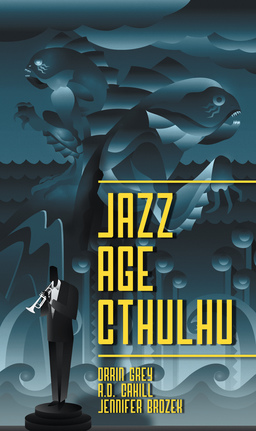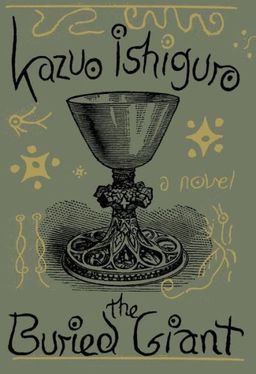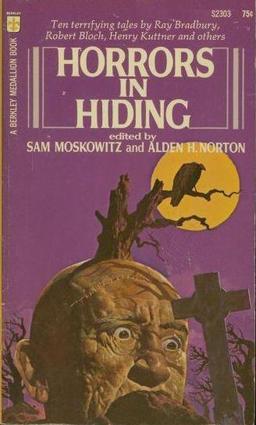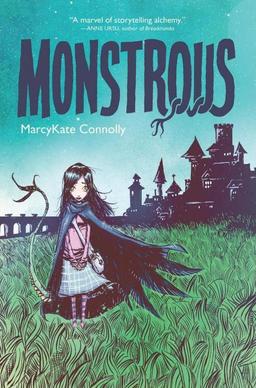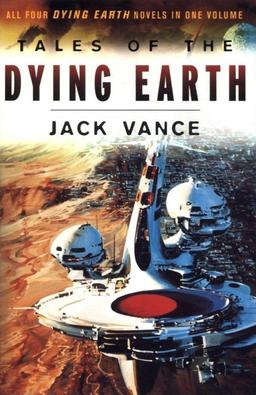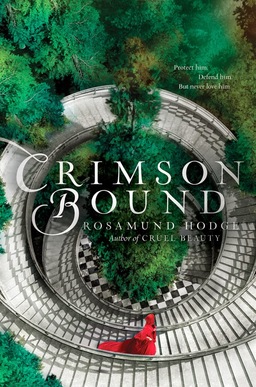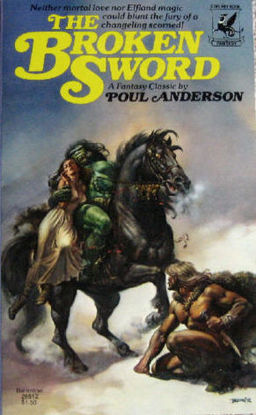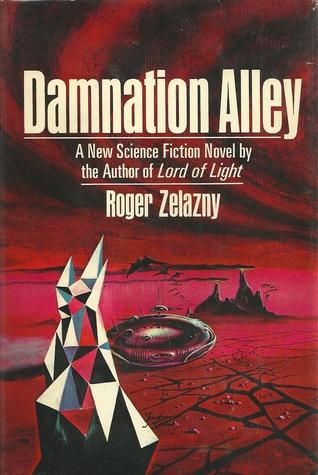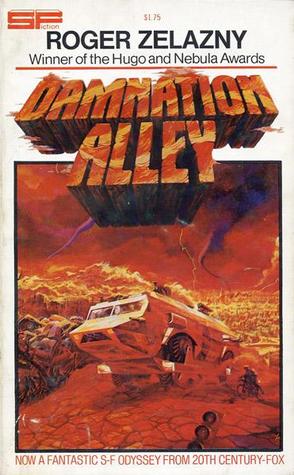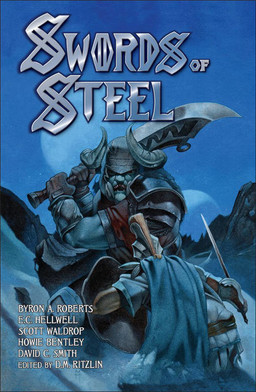Future Treasures: Accretion Disk for the Ashen Stars RPG
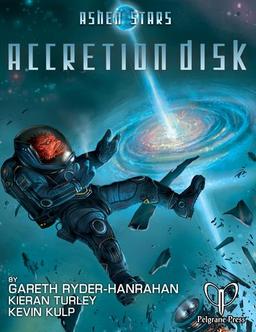 I’ve covered a great many role playing games here over the past few years. But I think it’s safe to say that none of them has captured my imagination the way Pelgrane Press’s Ashen Stars has.
I’ve covered a great many role playing games here over the past few years. But I think it’s safe to say that none of them has captured my imagination the way Pelgrane Press’s Ashen Stars has.
A space opera set in a war-ravaged perimeter where civilization retains only the most tenuous hold, players take the roles of licensed mercs who make a living as as freelance law enforcement on a rough-and-tumble frontier called “the Bleed,” where humans and half a dozen alien races peacefully co-exist…. usually. The Mohilar War that very nearly destroyed the governing Combine is over, and the Combine is in no shape to govern the Bleed. Instead it is forced to depend on on loosely-authorized bands like the players to maintain peace, keep a lid on crime, and investigate odd distress signals from strange corners of space.
Pelgrane Press continues to support the game with regular PDF releases, and so far had published two thick adventure compilations in print: The Justice Trade and Dead Rock Seven, both of which were excellent. Later this year they plan to release the first rules supplement, Accretion Disk, packed with new character options, six new playable species, new options abilities (like zero-g martial arts), new weapons, and equipment, new contracts for your players, and twelve new hostile aliens.
An Accretion Disk forms around massive bodies in space. Gravity drags in random objects and debris, spinning them around and bringing them in closer and closer, faster and faster, hotter and hotter, until something explodes.
It holds true for stars and black holes – and for politics and crime, too. And let’s face it –- you’re the ones who are going to be standing in the path of that explosive release. Better get ready.
